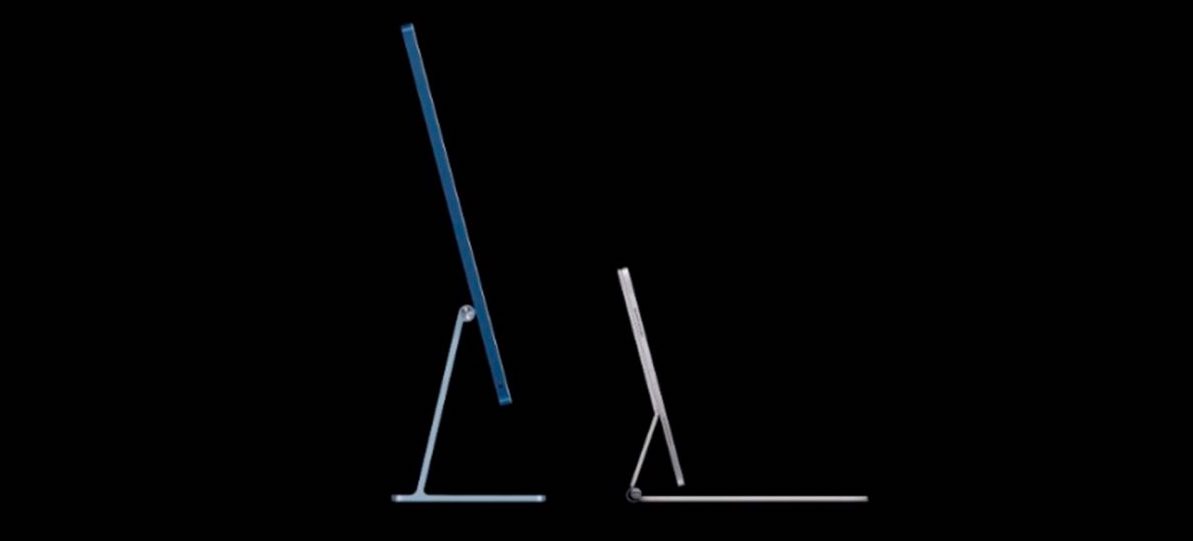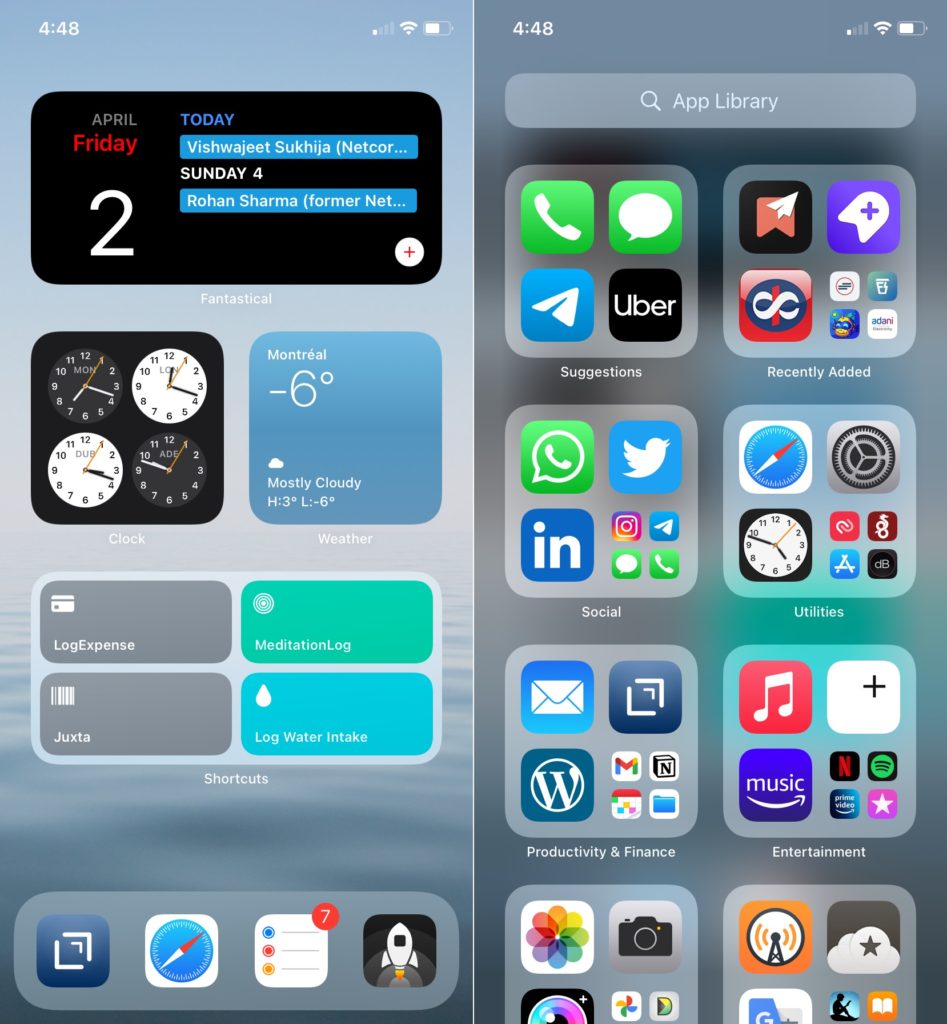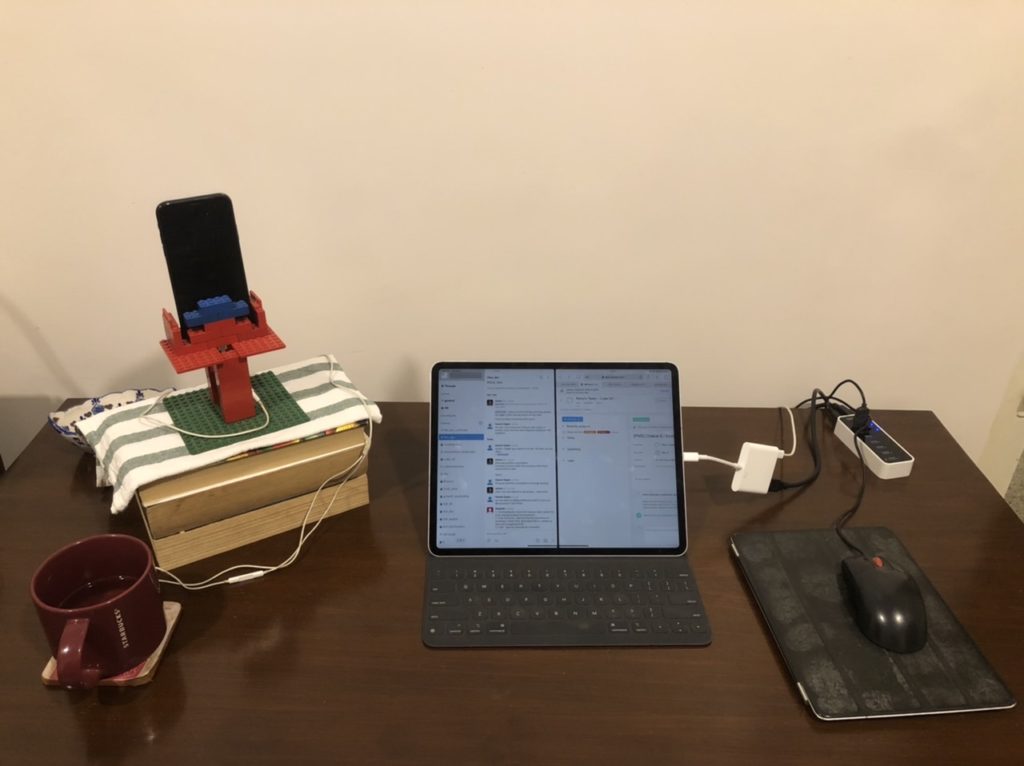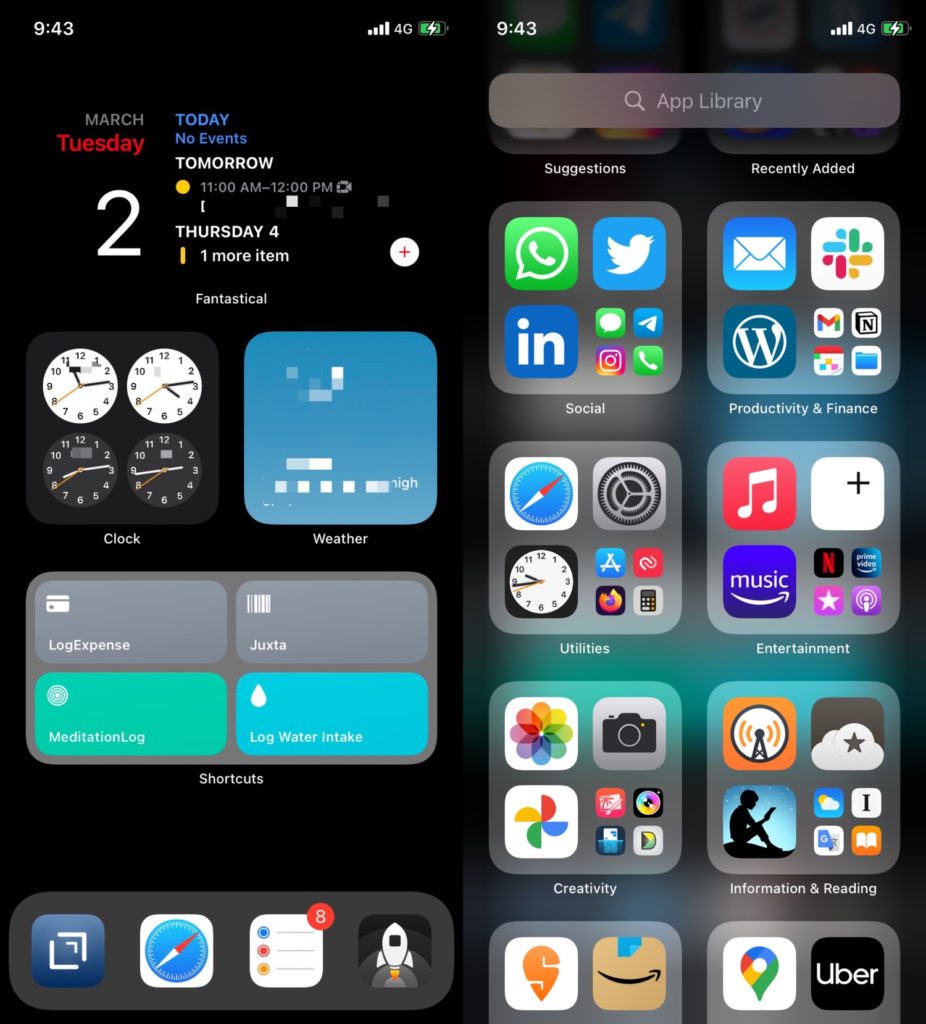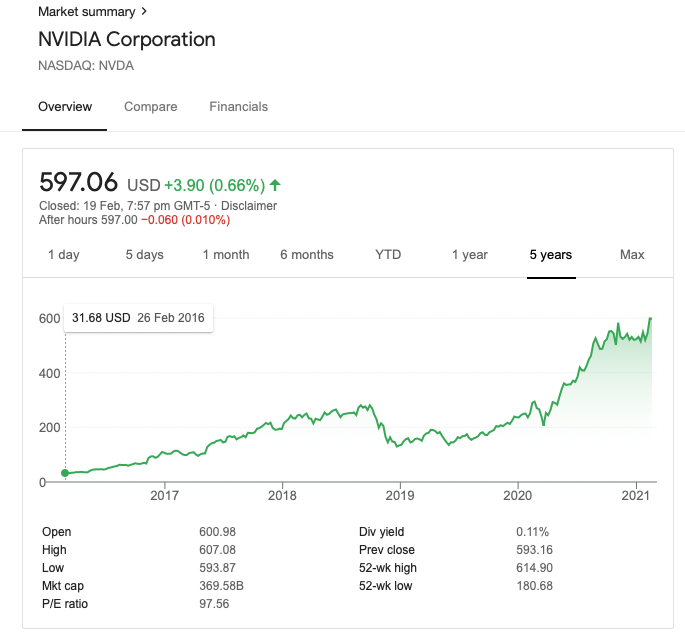I learnt about this case today
A crucial decision came in 1993 when the Ninth Circuit of the US Court of Appeals ruled in MAI Systems Corp. v. Peak Computer Inc. that the local, impermanent copy of an operating system that is loaded into a computer’s RAM upon its booting up — a necessary component of a computer’s operation — is, by virtue of making a copy of intellectual property (the operating system), subject to copyright law. This “deeply stupid ruling,” Fairfield tells Vox, laid a trap, making the use of any software (broadly meaning nearly anything used on a computer system) a copyright violation unless the user followed rules set unilaterally by the manufacturer and/or seller. “That was the case that handed the keys to the kingdom to these companies,” Fairfield says.
These legal principles have carried over to the so-called Internet of Things, in which tangible objects are embedded with copyrighted software (a.k.a. smart devices, like smart refrigerators and televisions and cars).
– The erosion of personal ownership
This turns out to be the foundation of the legality of having ‘smart’ devices be technically owned by the manufacturer even after you have paid full price for them. This is what makes it legal – in the US at least – for manufacturers of these devices to remotely disable them, restrict their functionality, make it illegal for you to edit or repair their software, even when the manufacturer itself no longer considers it viable to support the device.
The article I quoted above is a detailed, well-considered take on the matter of not just smart devices, but personal ownership itself. Worth a read.
We have discussed smart devices many times on this site.
We have also discussed being mindful of data custody in the 21st century.
Both are issues to consider the next time you’re looking to purchase a gadget, appliance, car – anything that has electronics in it, really. In the 21st century, the stakes for caveat emptor or buyer beware are much higher.

